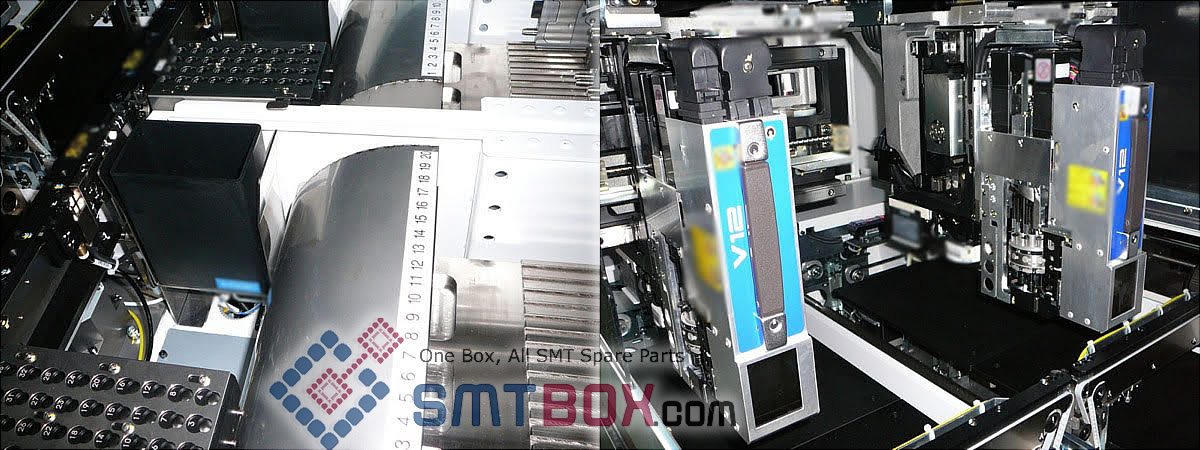AVL data is a data type that is available in Fuji Flexa V2.0.1 and higher. By using this data, it is possible to use parts that have the same function but come from different vendors and might have different part numbers, supply direction, and shapes without having to edit the job in production. AVL stands for “Approved Vendor List”.
Each different part should be assigned a unique part number when there is a difference in the parts such as vendors, type of part, function, or shapes. Due to this, there will be parts that perform the same function and maybe even have the same shape information but come from a diffferent vendor so the part number is different. Previously, when a different part number that has the same function is to be used in production, the job had to be manually edited to change the old part number to the different part number. This is due to the fact that to one slot and set of related sequences, one part number is assigned.
By making AVL data that groups the approved part numbers, it is possible to quickly change the part to be used in a job that is using AVL data when not using Verifier. This basically changes the job so that one feeder position and the related set of sequences can use multiple part numbers. When Verifier is not being used for the NXT, the part number with the priority setting is the one that is to be used for production.
When Verifier is being used with NXT V3.10 and higher, the true power of the AVL data is realized. When Verifier is used in confunction with AVL data on the NXT, the part number that can be used is not limited to the part number with the priority setting, but any part number within the AVL data. This makes it possible to use any of the parts numbers for each AVL as parts for that job without having to edit the job*. In addition, the possible parts that can be used are also list in the parts supply guidance. During production it is even possible to verify and switch the parts used when the original runs out*.
Note: Refer to the Compatible items and limitations section for details on these items.
The procedures for when using AVL data have been added to the instructions in the following sections if any special procedure or point is required.
